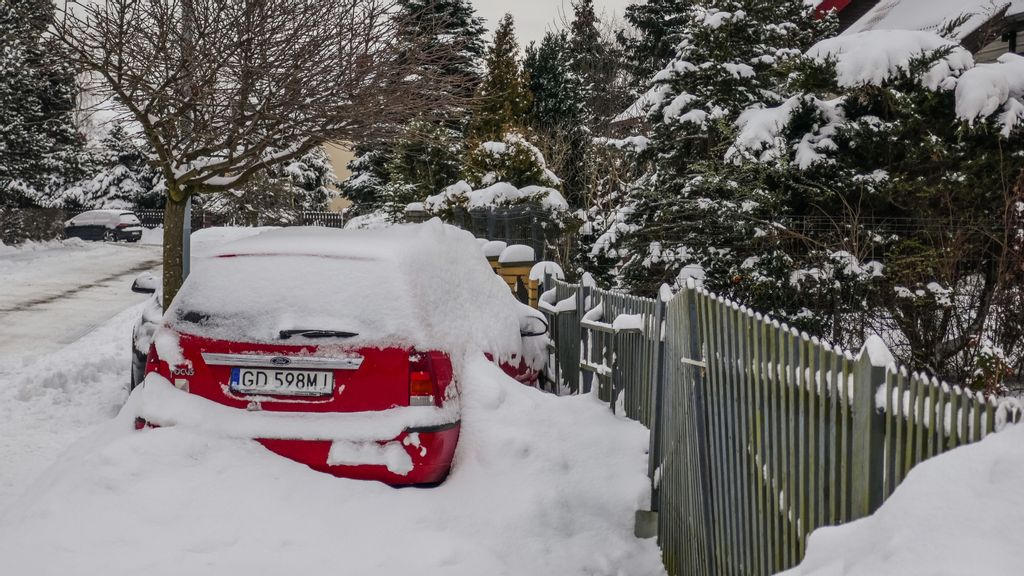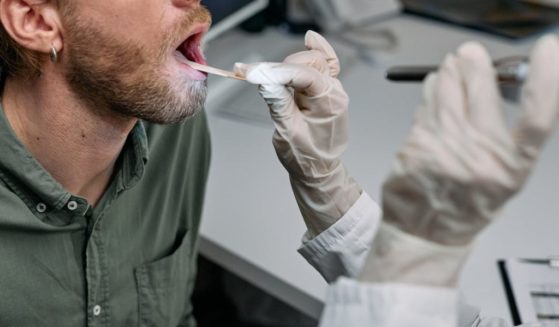A Winter Dilemma: Does Your Car Really Need To Be Warmed Up Before Use?

For decades now, up through modern times, neighborhoods across the United States have been inundated with the winter ritual of residents walking outside in the morning to warm up their cars. However, debates have sprung up about the need to spend that extra time before taking off on a wintry day.
The action of “warming up” a vehicle — starting the engine and letting it idle for several minutes to ensure the car runs properly — was necessary in vehicles that used a carburetor. Most vehicles built before 1995 used the device, which combined air and fuel, before the U.S. automobile industry switched over to a fuel injection method. Since the engine itself doesn’t need to be warmed up in lower temperatures, some experts don’t see the need to let a car idle before use, while others still stress the positives of warming up.
Benjamin Jerew, writing for the NAPA Auto Parts company’s blog, stated that warming up a car can improve fuel economy and performance, as well as lubrication and hydraulic efficiency. “Every degree,” Jerew wrote, “helps [oil and automatic transmission fluid] flow better, improving lubrication and preventing wear.”

Joseph Henmueller, former president and COO of the Automotive Maintenance and Repair Association, echoed this sentiment, stating that “the oil is the lifeblood of the engine” and that there is a need to idle for a couple of minutes to get oil properly flowing.”
Another reason for warming a vehicle is to get a flow into the engine’s antifreeze system, allowing heat to enter the car’s cabin to warm up the body in frigid conditions.
Yet other experts disagree, with the Firestone auto care blog stating that new cars sold in the U.S. have no need for warming up due to the electric fuel injection system. “The sensors in your car’s electronic fuel injection system are regulating the air-fuel mixture in real time, regardless of the temperature outside,” the blog post says. Firestone also states that cars heat up quicker when driven, not put on idle beforehand, something other experts take into account.

“While it does take longer for motor oil to pump in extreme cold temperatures, we are talking milliseconds, not minutes,” Shell Marketing Manager and former Pennzoil Technical Advisor Shanna Simmons said. “Your engine will warm up the oil much faster when driving at full speed – not to mention idling wastes gas.”
The Environmental Protection Agency is also on the side of not warming up, saying a car should not idle for more than 30 seconds at a time, and that idling for 30 seconds uses more fuel than restarting a car.
In major cities, there are even laws restricting how long the average driver can idle a car, with Minneapolis limiting the length of idling to three minutes, barring temperatures below zero degrees Fahrenheit or higher than 90 degrees.
Experts on both sides of the debate agree that drivers should take it easy during the initial few minutes of driving, with Henmueller suggesting drivers travel at no more than 45 mph for the first five to 10 minutes.
Produced in association with AccuWeather.
The Western Journal has not reviewed this story prior to publication. Therefore, it may not meet our normal editorial standards. It is provided to our readers as a service from The Western Journal.
Truth and Accuracy
We are committed to truth and accuracy in all of our journalism. Read our editorial standards.











